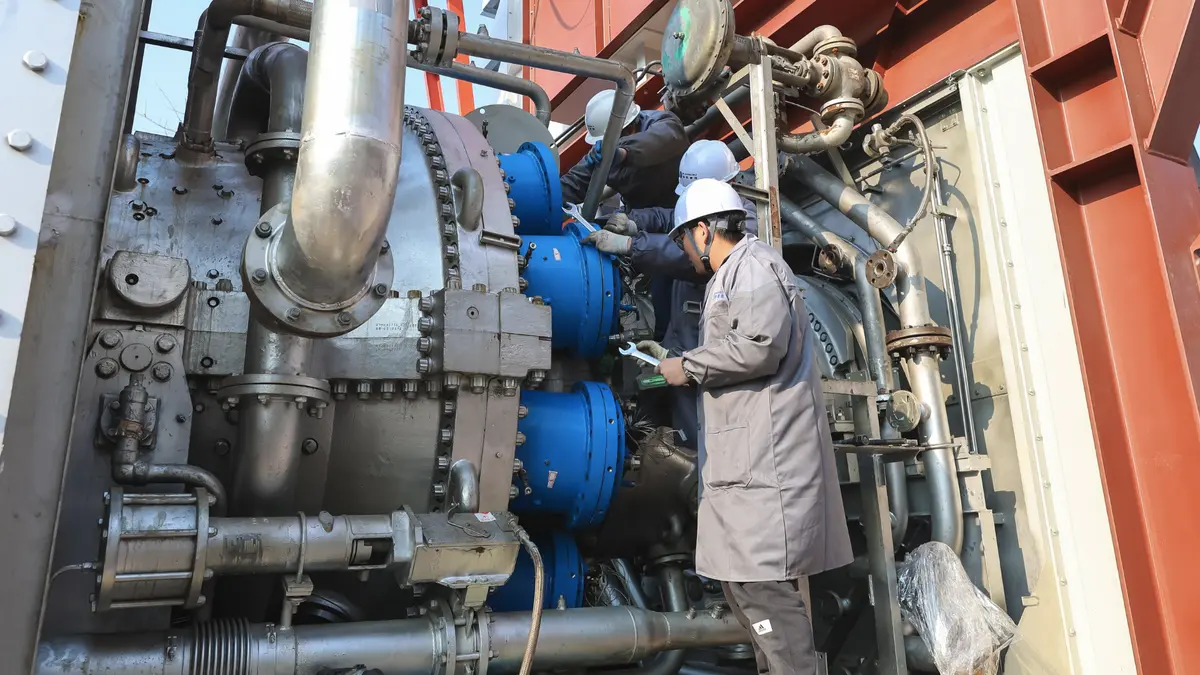China’s Mingyang Group has ignited Jupiter I, the world’s 1st 34MW class pure hydrogen gas turbine, in a major breakthrough. This innovation was developed together with leading companies and research teams, and represents a major leap in renewable energy storage and use.
Jupiter I is designed to tackle one of renewable energy’s persistent challenges: energy waste at off peak hours. The turbine provides a carbon-free solution: ‘power to hydrogen back to power.’ By converting excess electricity into hydrogen for storage and reconverting it into power during peak demand.
Advanced aerodynamic and thermal designs of the turbine accommodate technical hurdles faced by the turbine, namely hydrogen backfire, oscillation, and emissions. This provides patented micro premixed combustion chamber for efficient and stable performance. By addressing challenge of power storage and transmission in wind and solar energy projects with capacities between one and a million kilowatts, this innovation enables the turbine to effectively manage power storage and transmission challenges.

Jupiter I draws in more than 30,000 cubic meters of hydrogen per hour, which equals 500 million kWh worth of annual electrical storage, says Wang Yongzhi, general manager of Mingyang Hydrogen Gas Turbine Technology. This capability eliminates electricity wastage and enhances the feasibility of large scale renewable energy projects, e.g. in China’s desert regions with abundant resources.
But the turbine also provides a solution to the problem of stranded electricity from renewable projects: long term, massive storage of energy. Jupiter I has ten firing chambers, a fuel consumption rate of 443.45 tons per hour, and is extremely efficient and on a large scale. In terms that are for perspective, it processes enough hydrogen to fill the infamous Hindenburg airship 25 times an hour.
Mingyang’s technology breaks new ground, bringing China to the fore of hydrogen energy and helping secure the adoption of clean energy technologies all over the world. As a key component in realigning our energy systems on a global scale, this Jupiter I turbine is believed to have staggering applications in zones with plentiful renewable resources.


